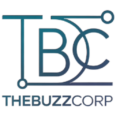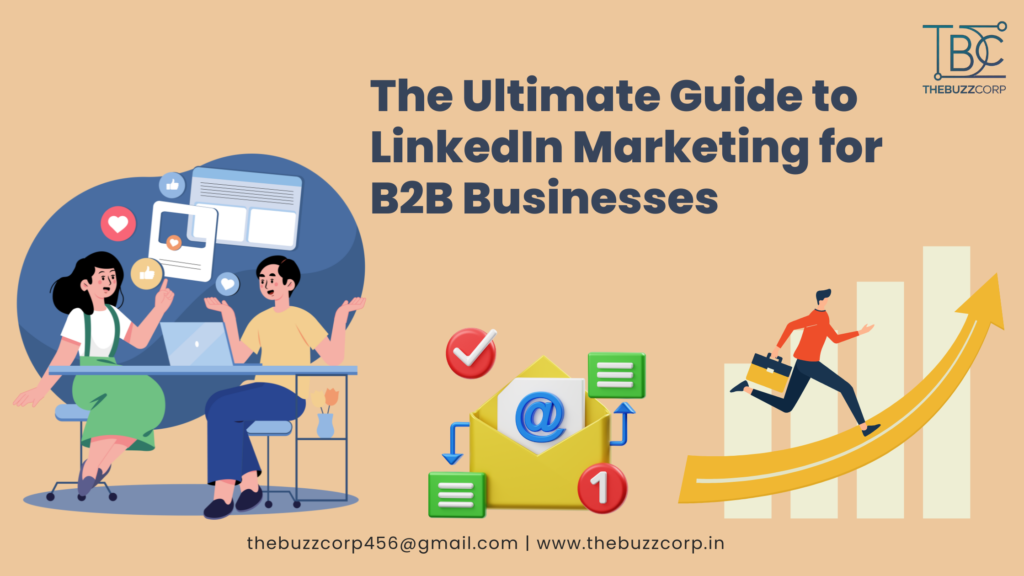The Ultimate Guide to LinkedIn Marketing for B2B Businesses🔗
Are you a B2B business owner looking to expand your reach and connect with key decision-makers? In today’s digital landscape, many B2B companies struggle to effectively utilize social media platforms for lead generation and brand awareness. LinkedIn, however, stands out as a powerful tool tailored for professional networking and B2B marketing. This guide will walk you through actionable strategies to harness LinkedIn’s potential and elevate your business.
If your business or brand is selling products to other companies, a marketing strategy for LinkedIn should definitely form part of your overall marketing approach. LinkedIn is one of the best digital spaces for B2B professionals to use for marketing, networking, connecting, and enhancing their brands’ reputations.
LinkedIn is also a valuable tool for lead generation, particularly when it comes to generating more B2B leads. While other social media channels may only produce sufficient B2B lead generation, LinkedIn shines in this category.
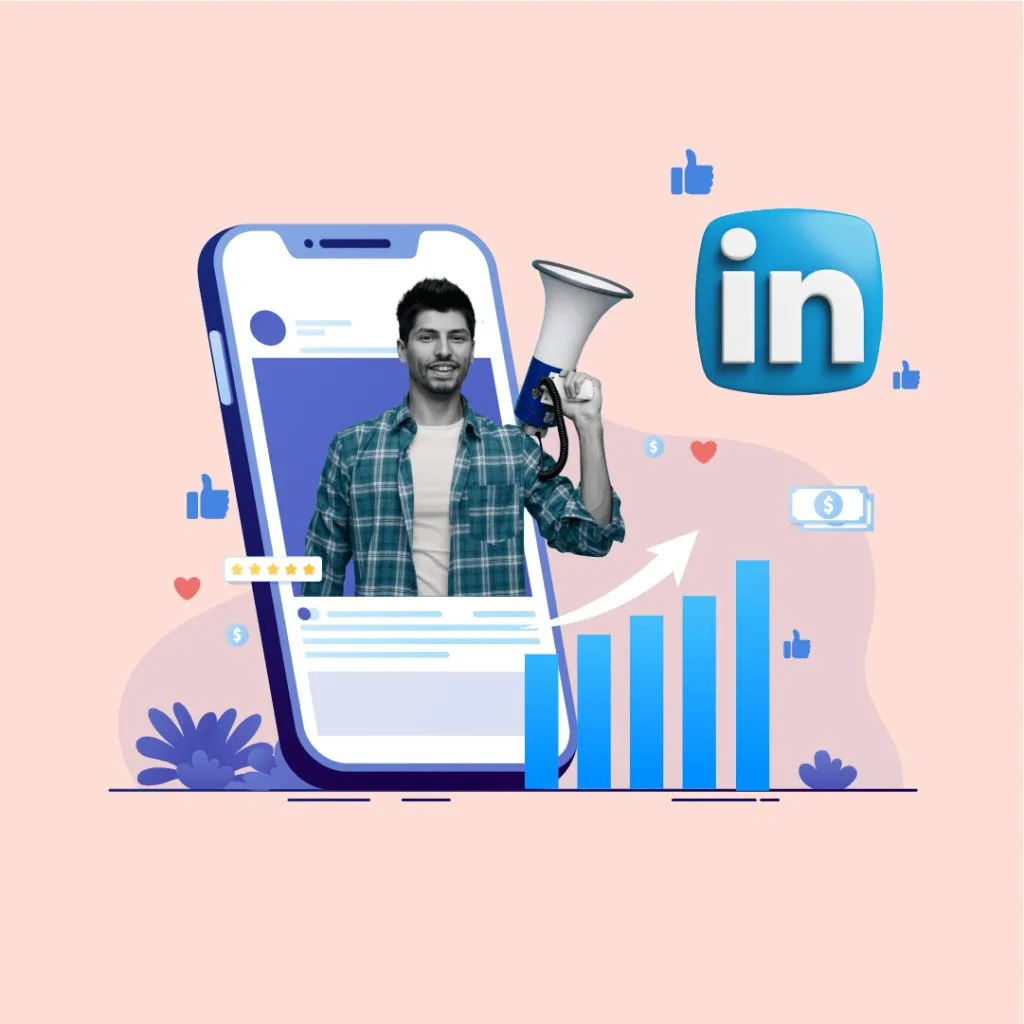
Why LinkedIn for B2B Marketing?
LinkedIn is the epicenter of professional social media activity. As a business or even an independent professional, knowing how to navigate this platform is key to ensuring you maintain a competitive edge in your industry and stay abreast of changing trends and innovations in your sphere.
Furthermore, when a platform like LinkedIn is properly utilized as a powerful marketing tool, companies can generate leads, foster meaningful business partnerships, stimulate profits, encourage brand awareness, and drive more consistent traffic to their website.
In a nutshell, LinkedIn marketing is important because marketing is important. LinkedIn is one of the best places to market your business to other businesses as a brand that is serious about being successful.
LinkedIn is more than just a platform for job seekers; it’s a hub where professionals engage, share insights, and make business decisions.
- Professional Audience: Over 80% of LinkedIn members are decision-makers in their organizations.
- Lead Generation: LinkedIn is responsible for 97% of a B2B business’s social media leads.
- Brand Credibility: Regular activity on LinkedIn enhances your company’s professional image and trustworthiness.
How Do Businesses Use LinkedIn for Marketing?
LinkedIn is a powerful platform for B2B marketing because it enables companies to connect with decision-makers, build brand authority, and generate high-quality leads. Businesses utilize LinkedIn in various strategic ways to achieve their marketing goals. Here’s how:
1. Building Brand Awareness and Credibility
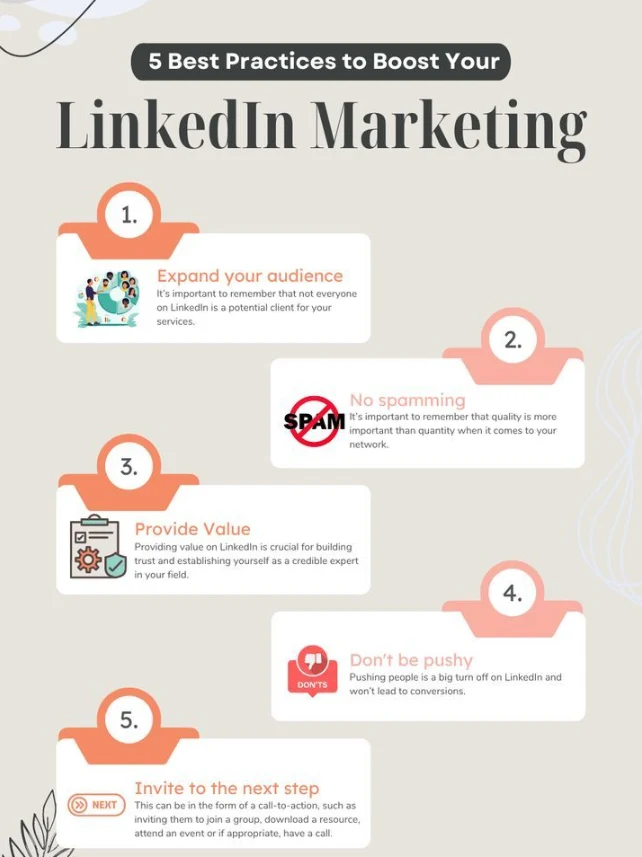
To establish a strong digital presence, businesses use LinkedIn to:
- Create a Professional Company Page: A complete and well-optimized LinkedIn Company Page helps businesses present a professional image. It includes:
- Logo and Banner Image: Using high-resolution images aligned with brand identity.
- Compelling Tagline: A concise, impactful statement that clearly communicates the brand’s value proposition.
- Detailed ‘About Us’ Section: Informative and engaging description highlighting the company’s mission, vision, and services.
- Consistent Branding: Companies ensure consistent use of brand colors, fonts, and messaging across all posts and pages, building brand recognition and trust.
- Showcase Pages: These are specialized pages linked to the main Company Page, used to promote specific products, services, or initiatives. For example, Microsoft has Showcase Pages for Microsoft Office and Microsoft Azure.
Example:
HubSpot uses its LinkedIn Company Page to share educational content, customer success stories, and product updates, positioning itself as a leader in digital marketing and CRM solutions.
2. Content Marketing and Thought Leadership
LinkedIn is a content-driven platform, and businesses use it to:
- Share Valuable Content: This includes blog articles, industry insights, whitepapers, infographics, and videos to engage their target audience.
- Publish Long-Form Articles: Through LinkedIn’s publishing platform, companies can write in-depth articles, establishing thought leadership.
- Video Marketing: Native videos showcasing behind-the-scenes, product demos, or client testimonials perform well in terms of engagement.
- Content Curation: Sharing relevant third-party content to provide additional value and keep the audience informed.
Example:
Salesforce regularly shares industry insights, leadership advice, and customer success stories, reinforcing its position as an industry leader.
3. Lead Generation and Customer Acquisition
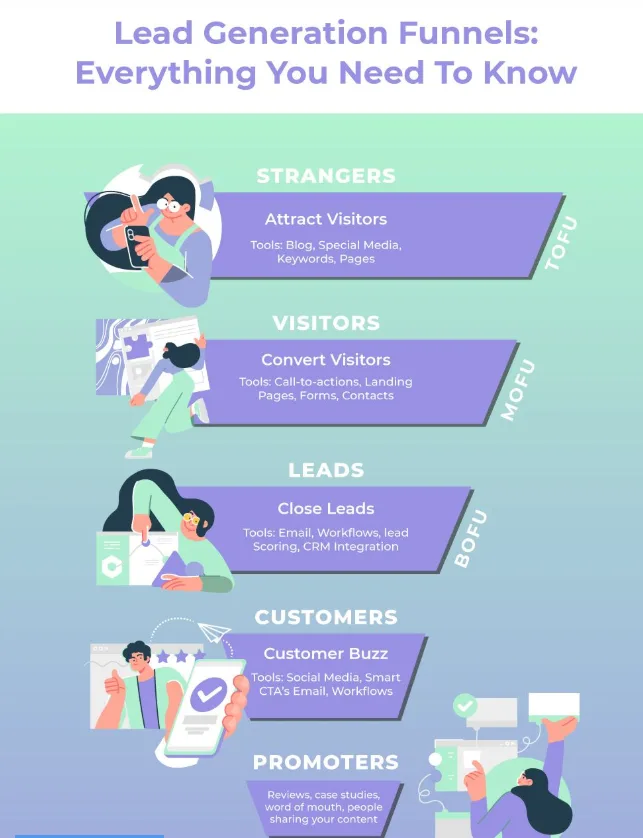
LinkedIn is one of the most effective platforms for B2B lead generation. Here’s how businesses use it:
- LinkedIn Lead Gen Forms: These pre-filled forms within Sponsored Content campaigns capture leads without users leaving the platform, increasing conversion rates.
- InMail Campaigns: Personalized InMail messages sent to targeted users’ inboxes for direct outreach and lead nurturing.
- LinkedIn Ads: Sponsored Content, Text Ads, and Sponsored InMail are used to target specific demographics, job titles, industries, and more.
- LinkedIn Sales Navigator: A premium tool for advanced lead searches, personalized outreach, and sales prospecting.
Example:
Hootsuite uses LinkedIn Lead Gen Forms to promote its webinars, collecting leads efficiently by offering valuable resources.
4. Networking and Building Professional Relationships
LinkedIn’s primary function is networking. Businesses leverage this to:
- Connect with Decision-Makers: Building meaningful connections with potential clients, partners, and industry leaders.
- LinkedIn Groups: Participating in relevant groups to engage in discussions, showcase expertise, and expand their network.
- Employee Advocacy: Encouraging employees to share company updates, content, and job openings, thus expanding the brand’s reach organically.
- Virtual Events and Webinars: Hosting webinars and live events, fostering community engagement, and generating leads.
Example:
IBM regularly engages in LinkedIn Groups focused on tech innovations, participating in discussions and sharing insights to enhance brand authority.
5. Recruitment and Talent Acquisition
LinkedIn is the go-to platform for recruitment. Businesses use it to:
- Post Job Openings: Using LinkedIn Jobs to attract top talent by showcasing company culture and opportunities.
- Employer Branding: Sharing employee testimonials, company events, and workplace culture content to attract potential candidates.
- LinkedIn Talent Solutions: Utilizing LinkedIn Recruiter for advanced talent search and outreach.
Example:
Google uses LinkedIn to post job openings, share employee success stories, and highlight its inclusive workplace culture, attracting top talent worldwide.
6. Event Marketing and Webinar Promotion
LinkedIn’s professional audience makes it ideal for promoting B2B events such as webinars, workshops, and conferences:
- LinkedIn Events: Businesses create LinkedIn Events for webinars and virtual conferences to generate interest and registrations.
- Promotional Posts: Sharing event details, speaker highlights, and teaser videos to create buzz.
- Live Streaming: Using LinkedIn Live to broadcast events in real time, increasing engagement and reach.
Example:
Adobe promotes its annual Adobe Summit using LinkedIn Events and live streaming sessions, attracting a large audience of digital marketers and business leaders.
Setting Up Your LinkedIn Company Page
Your company page serves as the digital face of your business on LinkedIn. Follow these steps to create an impactful presence:
- Profile Optimization: Ensure your company profile is complete, with a clear logo, compelling tagline, and detailed ‘About Us’ section.
- Showcase Pages: Create Showcase Pages to highlight specific products, services, or initiatives, allowing for targeted content delivery.
- Custom URL: Claim a custom URL that reflects your brand name for easy sharing and improved searchability.
Building a Content Strategy
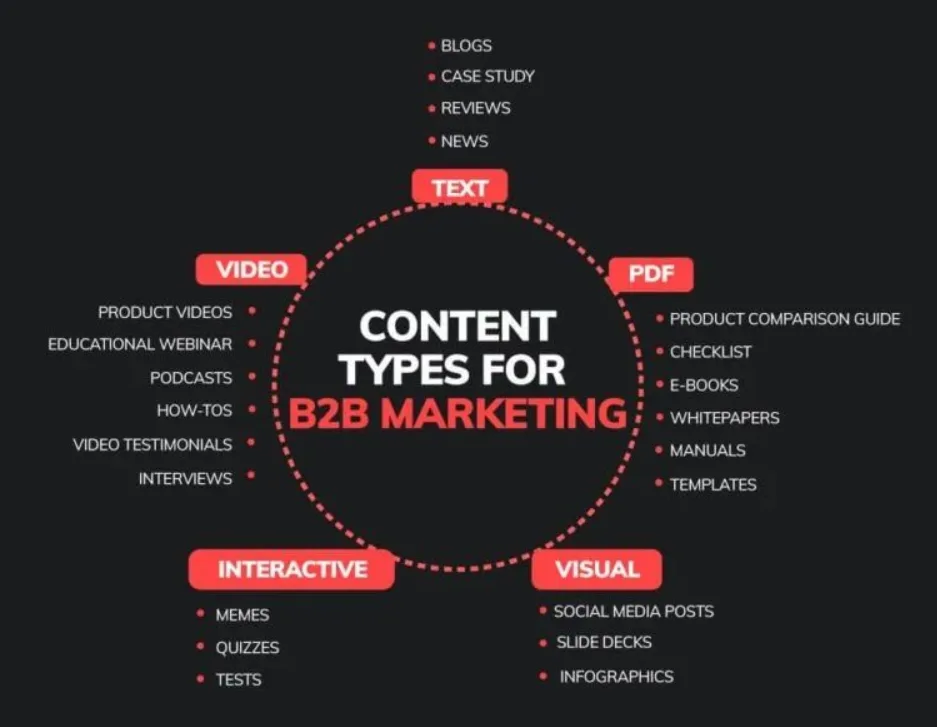
Consistent and valuable content positions your brand as an industry leader. Here’s how to craft an effective content strategy:
1. Define Your Goals and Objectives
Before creating any content, it’s crucial to identify what you want to achieve. Common LinkedIn marketing goals include:
- Brand Awareness: Increasing visibility and reaching a wider audience.
- Lead Generation: Capturing qualified leads to fuel your sales pipeline.
- Thought Leadership: Establishing your brand as an authority in your industry.
- Engagement and Community Building: Building a loyal follower base and fostering brand advocacy.
- Talent Acquisition: Attracting top talent by showcasing company culture and values.
2. Identify Your Target Audience
To create relevant and engaging content, understand who your audience is and what they care about. On LinkedIn, audiences can be segmented based on:
- Industry and Company Size – Targeting professionals in specific industries or large enterprises.
- Job Title and Seniority – Reaching decision-makers, managers, or entry-level employees depending on your product or service.
- Geographic Location – Focusing on local, regional, or global audiences.
- Interests and Pain Points – Crafting content that addresses industry challenges, trends, and solutions.
3. Content Pillars and Themes
Content pillars are core topics that support your brand messaging and resonate with your target audience. Establishing content pillars ensures consistency and relevance. Examples of LinkedIn content pillars for a digital marketing agency could be:
- Industry Insights and Trends: Sharing the latest trends, statistics, and news in digital marketing.
- Educational Content: Tips, how-to guides, and best practices for digital marketing.
- Case Studies and Success Stories: Demonstrating real-world impact and social proof.
- Thought Leadership and Opinions: Sharing expert opinions, industry predictions, and leadership advice.
- Company Culture and Behind-the-Scenes: Showcasing team activities, work environment, and company values.
4. Choose Content Formats and Types
Different types of content formats perform well on LinkedIn, including:
- Text Posts: Short, engaging text-only posts to share quick tips, insights, or thought-provoking questions.
- Long-Form Articles: In-depth articles published on LinkedIn’s publishing platform to establish thought leadership.
- Videos: Native videos showcasing product demos, behind-the-scenes, client testimonials, or educational content.
- Infographics and Visuals: Eye-catching visuals to explain complex information or statistics.
- LinkedIn Carousels: Document posts or slide decks used to tell a story or present step-by-step guides.
- Polls and Questions: Interactive posts to engage the audience and gather feedback.
Leveraging LinkedIn Groups
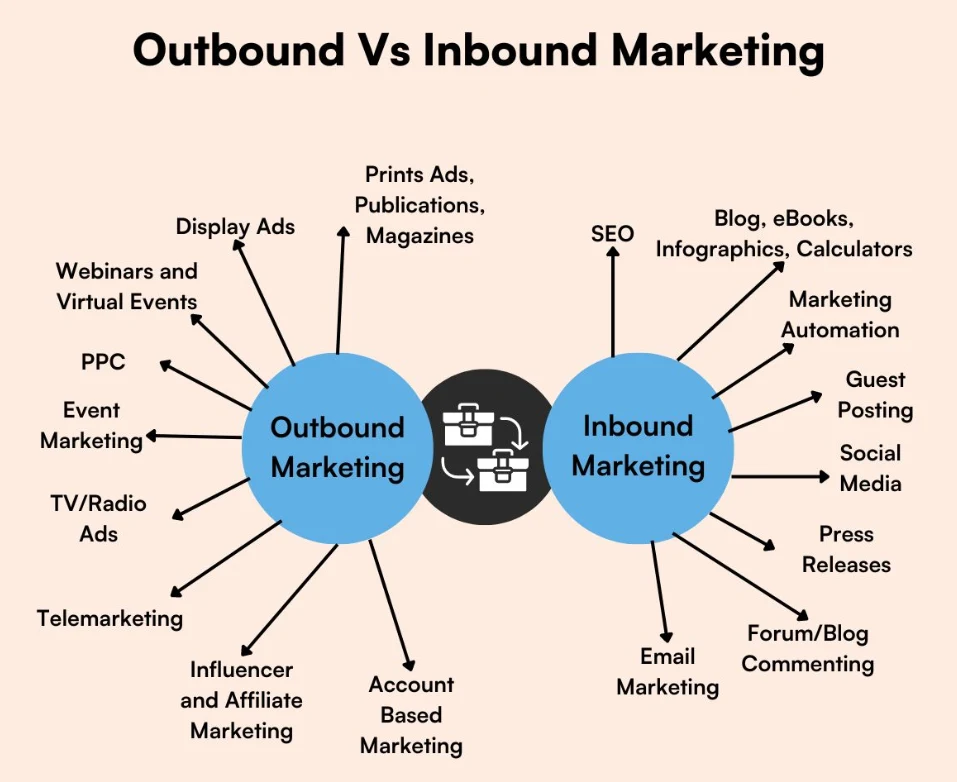
Participating in LinkedIn Groups allows you to connect with professionals sharing similar interests.
- Join Relevant Groups: Identify and join groups frequented by your target audience.
- Active Participation: Share valuable content, answer questions, and engage in discussions to establish authority.
- Create Your Own Group: Establish a group centered around your industry to foster a community and position your brand as a leader.
Advanced Lead Generation Techniques
To maximize lead generation on LinkedIn, consider the following strategies:
- Advanced Search: Utilize LinkedIn’s Advanced Search to find and connect with potential clients based on specific criteria.
- LinkedIn Ads: Invest in Sponsored Content or InMail campaigns to reach a broader, targeted audience.
- Analytics Monitoring: Regularly review your LinkedIn analytics to assess the performance of your content and campaigns, making data-driven adjustments as needed.
Conclusion
Embracing LinkedIn as a core component of your B2B marketing strategy can lead to meaningful connections and business growth. Start implementing these strategies today to unlock LinkedIn’s full potential for your business.
Ready to elevate your B2B marketing game? Contact TheBuzzCorp today for personalized LinkedIn marketing solutions tailored to your business needs.
FAQs
Q1: How often should I post on LinkedIn for B2B marketing?
Posting 3-4 times a week is recommended to maintain consistency and engagement without overwhelming your audience.
Q2: What type of content performs best on LinkedIn?
Content that offers value, such as industry insights, case studies, and thought leadership articles, tends to perform well.
Q3: Is LinkedIn advertising effective for B2B businesses?
Yes, LinkedIn Ads allow for precise targeting, making them highly effective for reaching specific professional audiences.
